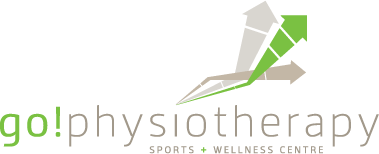RESOURCE LIBRARY
Hike This Way: Tips to Prevent Hiking Injuries and Falls

We in Vancouver are so blessed to have easy access to some amazing hiking terrain.
In recent weeks, I’ve gotten to hike the Eagle Bluffs at Cypress, Diez Vistas trail at Buntzen, and the Chief in Squamish. There are many other considerations when hiking, but these are just a couple of thoughts that came up in conversation during my hikes.
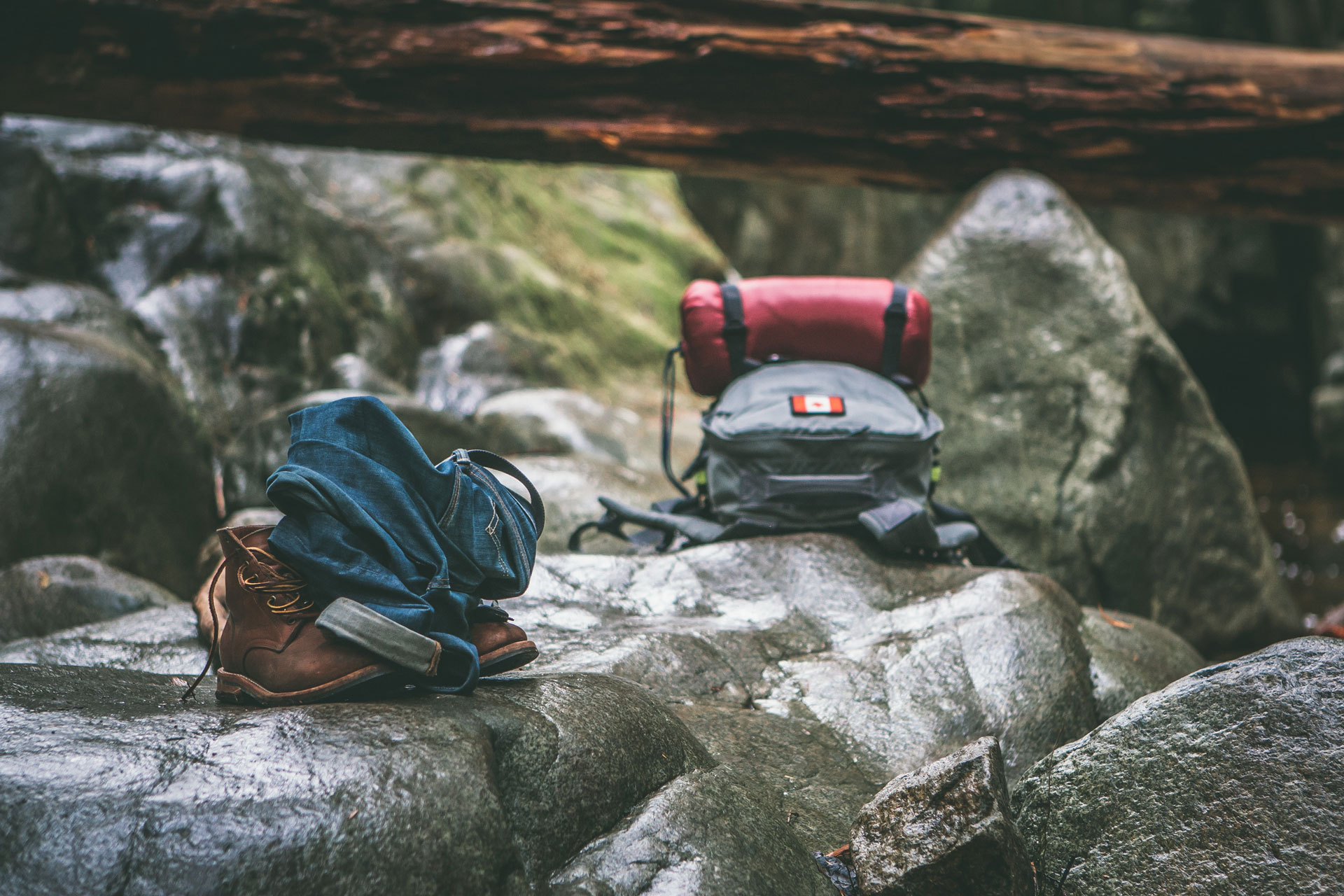
Improve your aerobic fitness, clear your mind and get some fresh air all in one activity.
Image via Unsplash
CLIMBING UPHILL and IMPROVING AEROBIC FITNESS
Even if you weren’t an expert in exercise physiology, you would know by your heavy breathing that climbing uphill is usually a good form of aerobic exercise. According to the American College of Sports Medicine, you would need to exercise at approximately 75 to 88 per cent of your maximum heart rate to improve aerobic fitness.
How do you calculate your maximum heart rate? An easy way is to take 220-(your age). Multiply that number by 75 per cent. That number is the number of beats per minute your heart needs to pump in order to be challenged aerobically.
No matter which part of B.C. you’re in, there are so many beautiful trails to explore.
Image via Unsplash
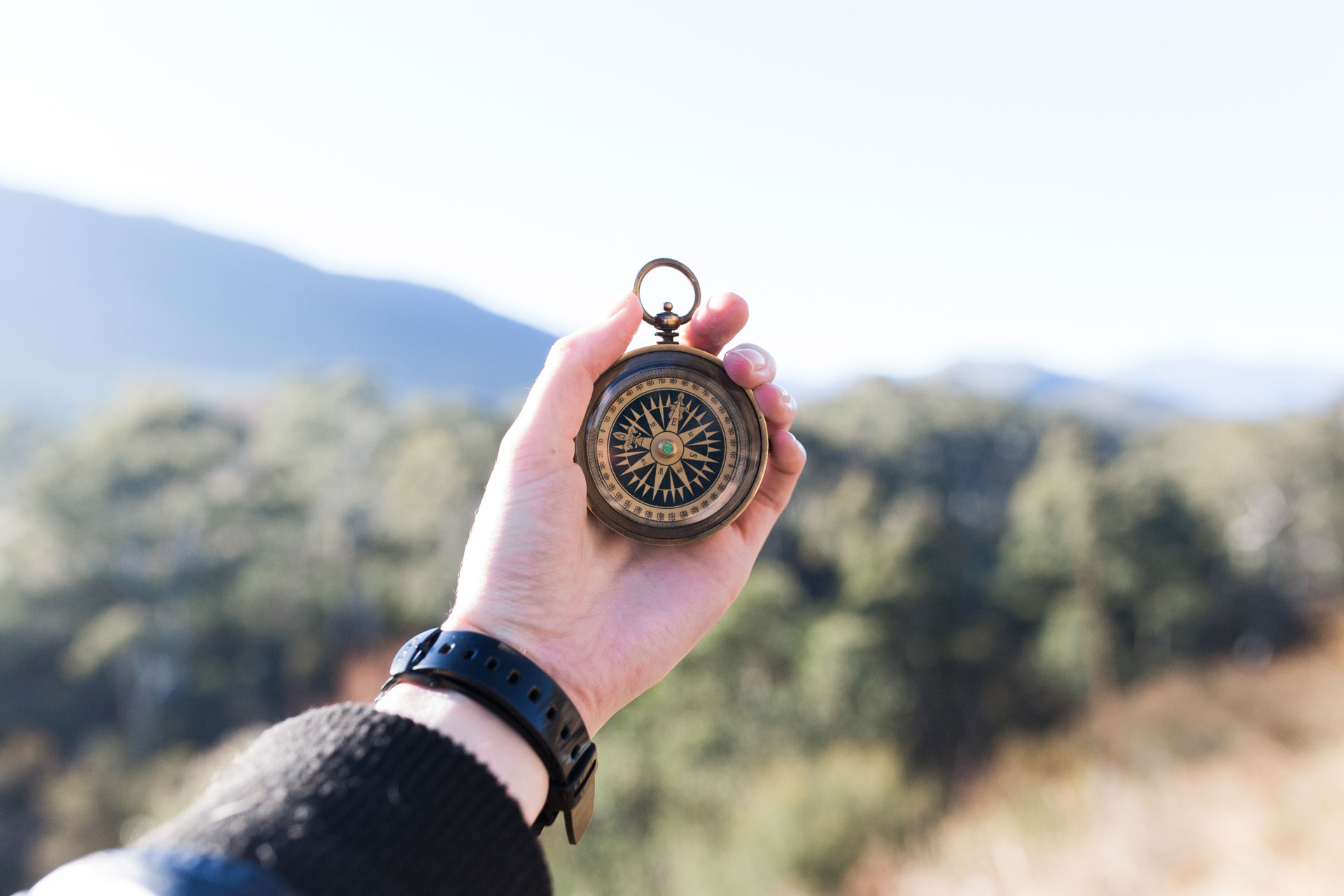
CLIMBING DOWNHILL – SMALL STEPS
To prevent sprains, strains, and tumbles when climbing downhill, one tip you might want to try out is to take SMALL STEPS. Why?
Small steps mean you have less time to propel your body through the air, meaning that in your landing are fewer reactive forces that occur from the ground into your foot, and subsequently the rest of your body. Fewer of these forces mean reduced stress on your muscles which are contracting eccentrically, and fewer stresses on your weight bearing joints.
As well, smaller steps help to ensure that you have decent footing, so to prevent a slip and fall.
Happy trails!
filed in
Latest Articles
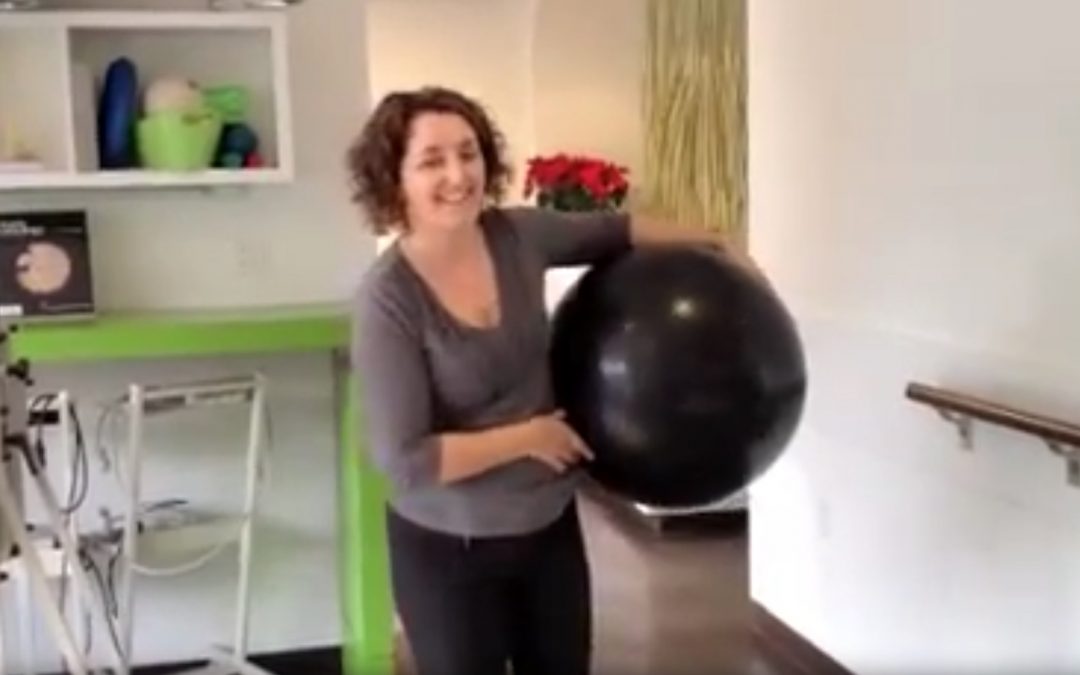
Shoulder Exercises After a Mastectomy
Physiotherapist Susan Deslippe demonstrates a safe and effective stretch to help you recover after mastectomy.

Violin Injuries: How to Avoid Spinal Neck and Back Pain When Playing
Musician injuries physiotherapist, Grace Cheung, walks us through a few common postural errors amongst violinists in this video segment, a first of a series of videos related to injury prevention amongst musicians.
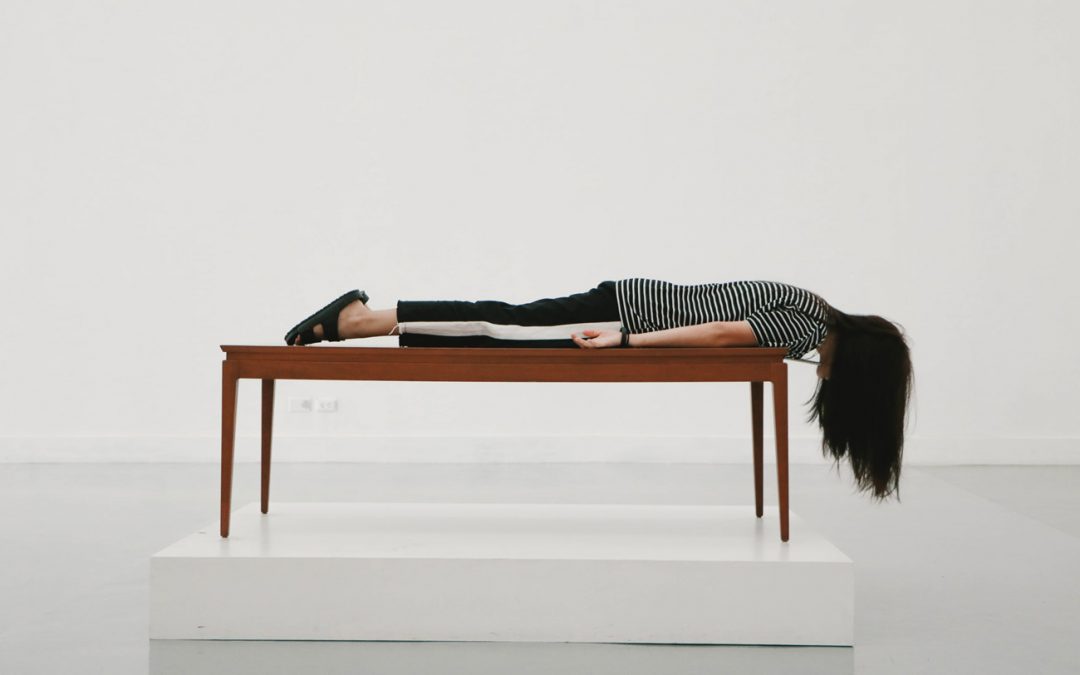
4 Things You Can Do for Neck and Back Pain
Physiotherapists at Go! have invested years of post-graduate training in the assessment and treatment of neck and back pain. Whether you struggle with a brand new injury or a chronic problem, our physiotherapists will perform a biomechanical assessment of your spine to determine the causes of the back pain.
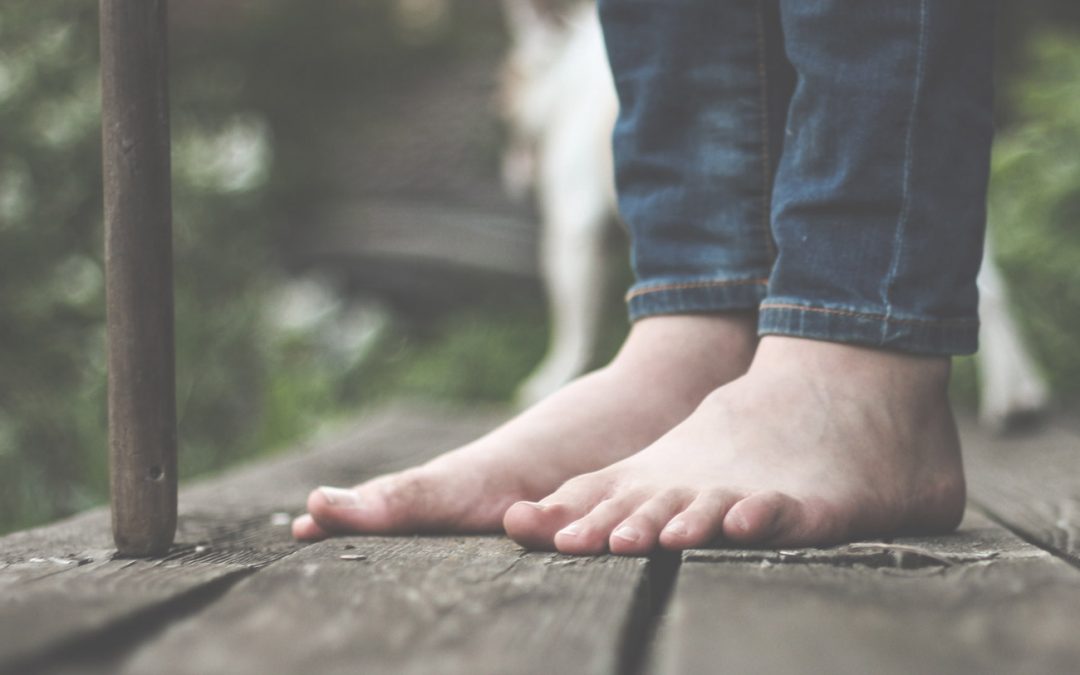
What is Plantar Fasciitis?
Plantar fasciitis is a painful inflammation of the plantar fascia – a thick, fibrous band of connective tissue in the sole of the foot that supports the arch of the foot.
Unlock Your Body’s Strength and Mobility Today
Book Online
Current patient? New, but know exactly what you’re looking for?
Contact Us
Never tried physiotherapy? Not sure where to start? Our friendly staff will guide you towards the best treatment for your situation.
Call: 604-568-4628
Email: go@gophysiotherapy.ca
